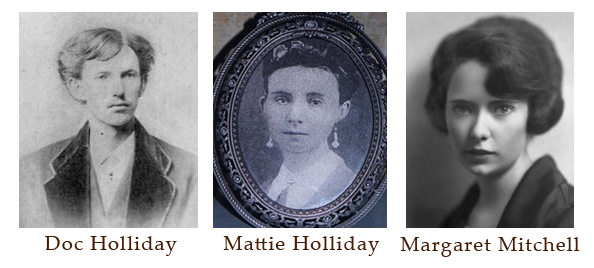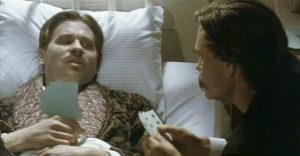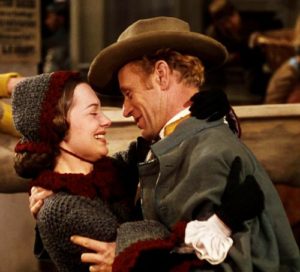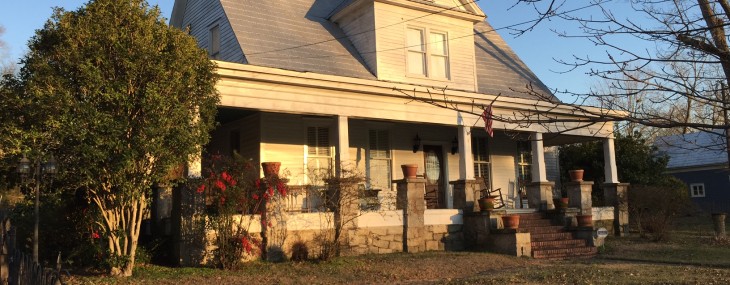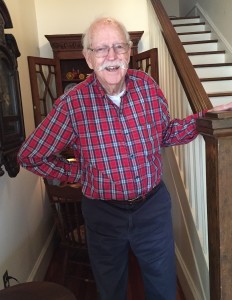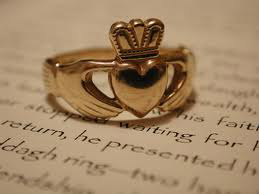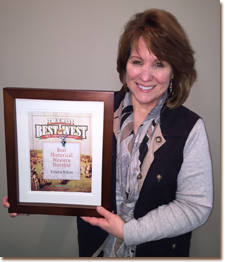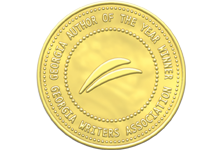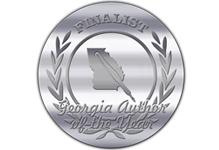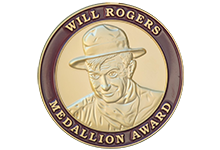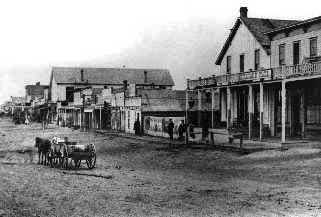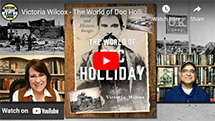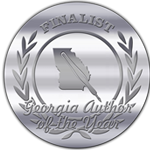“I was in love once. My first cousin. She was… We were both so…
She joined a convent over the affair.
She was all I ever wanted.”
Those are Doc Holliday’s words in his tragic but touching final scene from the film “Tombstone,” the cult classic that made Doc lovable and relatable again after a generation of his being cast as a movie villain. In Kevin Jarre’s brilliant version of the West’s most famous gunfight, gambling dentist Doc Holliday is lawman Wyatt Earp’s most loyal friend – and the heart of the whole story. Partly that comes from Jarre’s own script which gave Doc so many quotable lines. Partly that comes from actor Kurt Russell’s generous editing of the filming script that cut out many of Wyatt’s lines in favor of a focus on Doc. For as every follower of Westerns knows, if you have a sympathetic Doc Holliday, you have a hit movie.
But what about that iconic final scene, as Doc confesses his young love and then dies? Was that Jarre’s dramatic invention or Russell’s addition? Or was it based on something from Doc Holliday’s own life?
According to old Holliday family stories, the young romance between Doc and his first cousin really happened – and may have been one of the reasons he left Georgia. The girl was Martha Anne “Mattie” Holliday, daughter of Doc’s uncle Robert Kennedy Holliday. Doc (then just John Henry Holliday) grew up in the little city of Griffin, Georgia, while Mattie grew up in Jonesboro, thirty miles or so up the road. Although the families were a bit separated in those horse-and-buggy days, they gathered together whenever they could, often at the home of Doc’s medical doctor uncle, John Stiles Holliday, in nearby Fayetteville. Mattie was eighteen months older than John Henry, but the two were close as children and remained close – and reportedly even had a romance when they were teens. While we might not consider cousins as appropriate sweethearts, in 19th century America cousins did sometimes fall in love and marry. As Margaret Mitchell says in the classic novel of the Old South, Gone With the Wind: “The Wilkes and Hamiltons always marry their own cousins.” She was referring, of course, to Ashley Wilkes (Scarlett O’Hara’s crush) marrying his cousin, Melanie Hamilton.Continue reading
